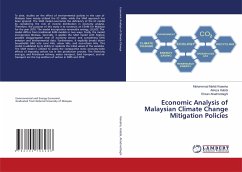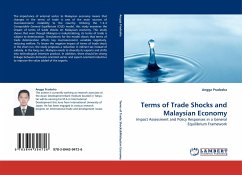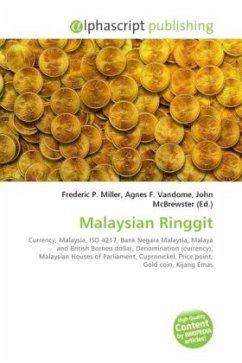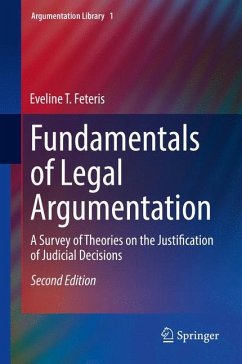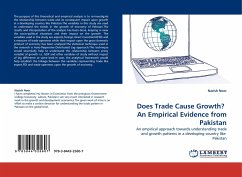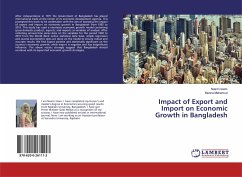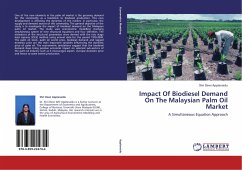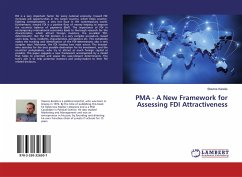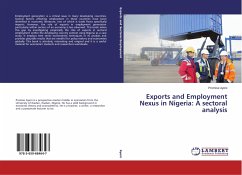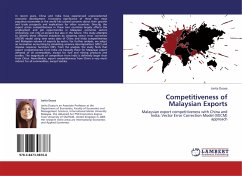
Competitiveness of Malaysian Exports
Malaysian export competitiveness with China and India: Vector Error Correction Model (VECM) approach
Versandkostenfrei!
Versandfertig in 6-10 Tagen
32,99 €
inkl. MwSt.

PAYBACK Punkte
16 °P sammeln!
In recent years, China and India have experienced unprecedented economic development. Increasing significance of these two most populous economies in the world has caused concerns about their growth and trade prospects and implications for other countries. Directly, the export prices competitiveness in these two countries largely affects the employment and job opportunities in Malaysian economic sectors (industries), not only at present but also in the future. This study attempts to identify these affected industries by adopting vector error correction (VECM) model using time series data of Ch...
In recent years, China and India have experienced unprecedented economic development. Increasing significance of these two most populous economies in the world has caused concerns about their growth and trade prospects and implications for other countries. Directly, the export prices competitiveness in these two countries largely affects the employment and job opportunities in Malaysian economic sectors (industries), not only at present but also in the future. This study attempts to identify these affected industries by adopting vector error correction (VECM) model using time series data of China and India competitiveness and Malaysian volume of exports by sector. For further analysis, we adopt an innovation accounting by simulating variance decompositions (VDC) and impulse response functions (IRF). From the analysis, the study finds that export competitiveness from India are basically there for Malaysian export demand of all commodities, except for fuel and mining products and textiles. The magnitude of competition from India is definitely larger than from China. Nevertheless, export competitiveness from China is very much indirect for all commodities, except textiles.



